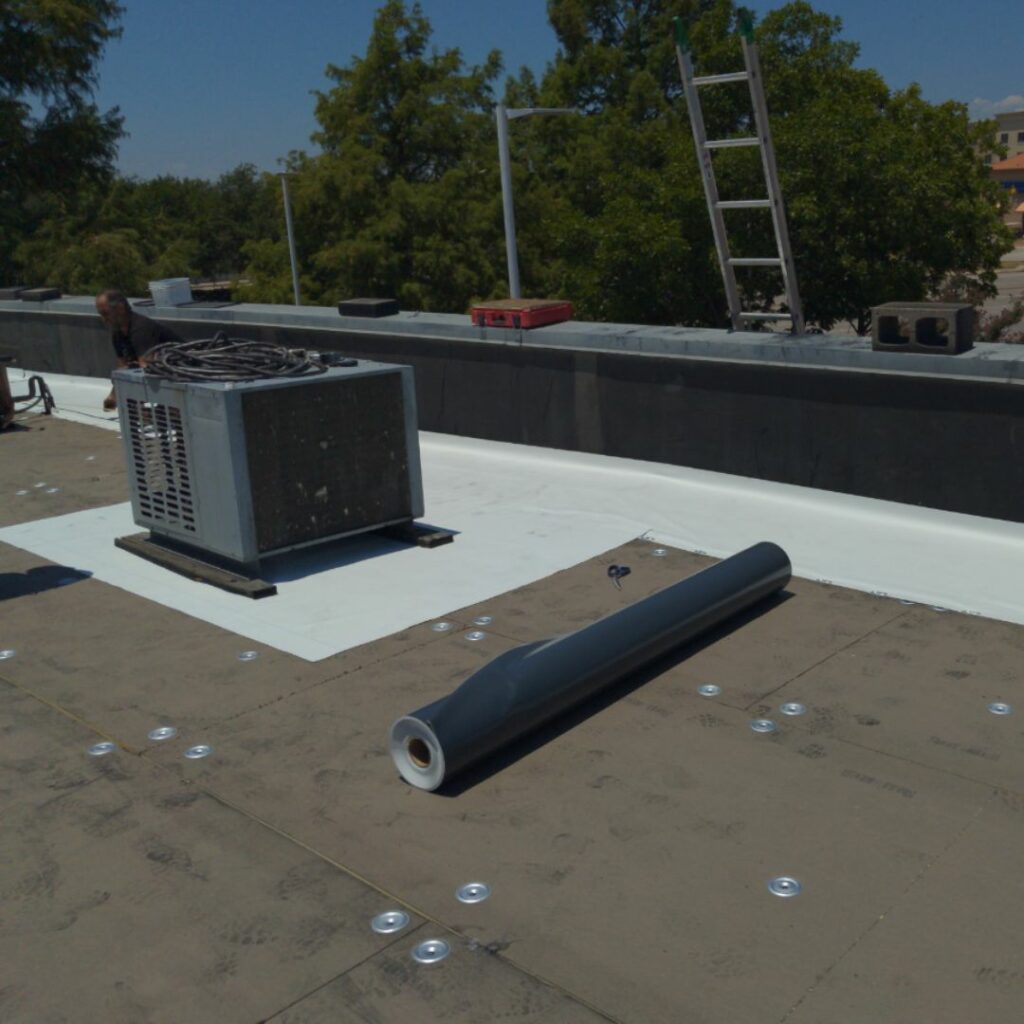
The difference between PVC and TPO membrane
PVC and TPO membranes are two popular choices for roofing materials, but they have some key differences that make them suitable for different applications.
PVC, or polyvinyl chloride, is a synthetic plastic material that is commonly used in construction. It is known for its durability, flexibility, and resistance to chemicals and UV radiation. PVC membranes are often used in commercial and industrial roofing applications because they are strong enough to withstand heavy loads and harsh weather conditions.
TPO, or thermoplastic olefin, is a type of plastic that is made from a blend of polypropylene and ethylene-propylene rubber. It is known for its flexibility, durability, and resistance to UV radiation and ozone. TPO membranes are often used in residential roofing applications because they are more flexible and easier to install than PVC membranes.
One key difference between PVC and TPO membranes is their thickness. PVC membranes are generally thicker than TPO membranes, which makes them more durable and better able to withstand heavy loads. However, this added thickness also makes PVC membranes more difficult to install, especially on roofs with complex shapes or angles.
Another difference between the two types of membranes is their resistance to heat. PVC membranes are better able to withstand high temperatures than TPO membranes, which makes them a better choice for applications in hot climates. However, TPO membranes have a lower melting point than PVC membranes, which makes them less likely to suffer damage from fire.
Overall, the choice between PVC and TPO membranes will depend on the specific requirements of a particular project. PVC membranes are more durable and better able to withstand heavy loads and extreme temperatures, and they are very easy to install. TPO membranes are a little stiffer, and not quite as durable as PVC membranes.
Related Posts
The 3 Main Differences Between a Commercial Roof and a Residential Roof
IB PVC Single-ply roof
TPO Roofing Project Beeville Texas
PVC Single-ply roof
E-Z Mart convenience store, Mineral Wells, TX
Texarkana, AR Project
Atlanta, TX Project
Texas High Dance Studio

